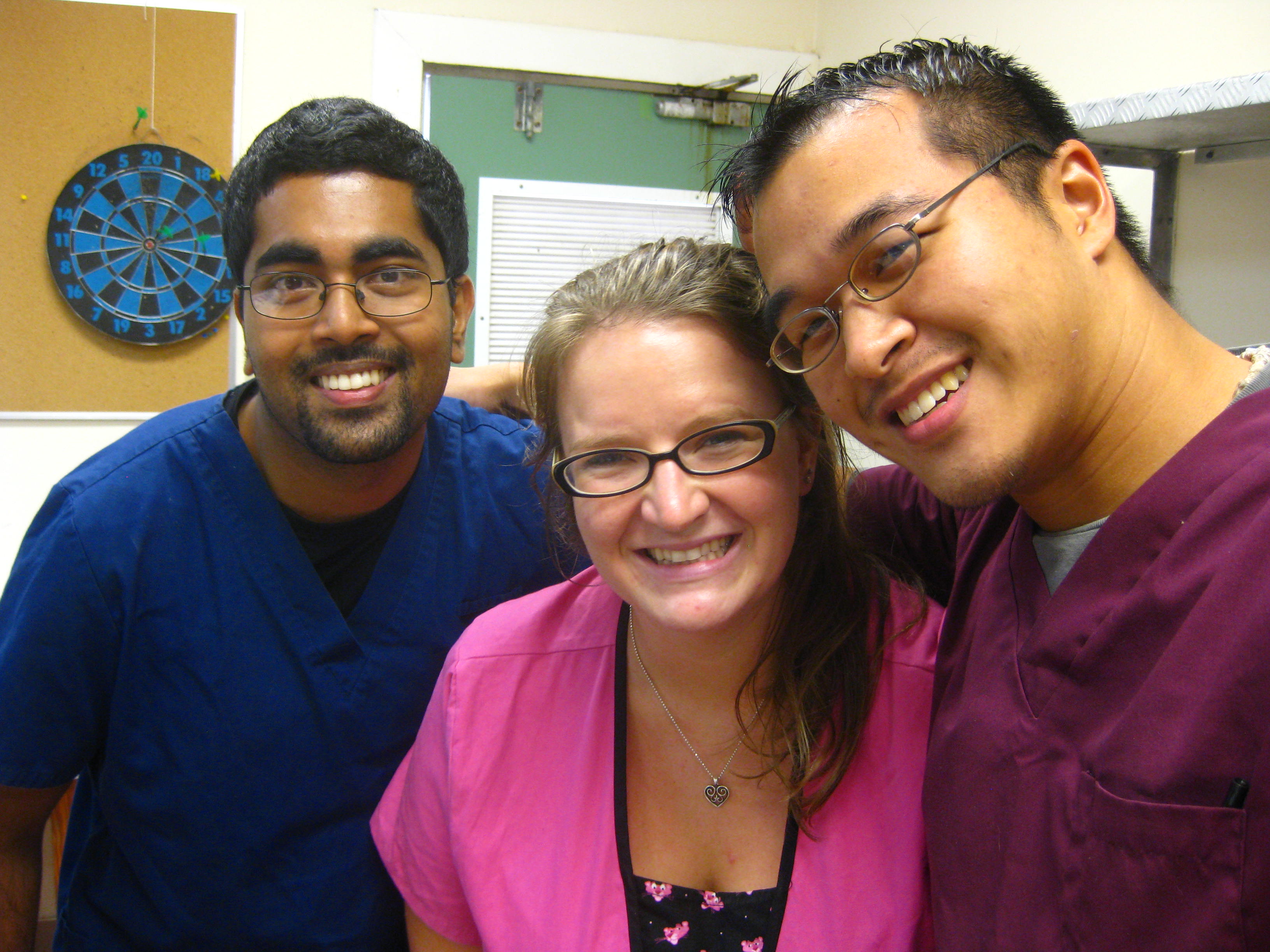Vestibulo-Ocular Reflex
We are very active beings whether we intend it or not. We are always moving around, not only just the actions of walking or turning our heads but also the unexpected, unwanted minor head movements we hardly notice every day. As our eyes are fixated in our head and move along with all these movements, our vision would be disturbed by movements even as tiny as cardiac pulses on our heads. But luckily, our body is fully equipped with a special reflex.
When our vestibular system detects a change in movement or balance, our eyes involuntarily move in the opposite direction of our brief head rotations to hold the images of our world steady on our retina. This reflex is called the vestibulo-ocular reflex and it happens when our eyes are open, as well as when our eyes are closed. It happens when the environment is bright and even when it is completely dark. As long as our head is moving or spinning, it happens.
With this reflex, if our head is in constant rotation, like when spinning in a chair, a phenomenon called nystagmus can be seen. Nystagmus consists of two movements of the eyeball: a smooth, slower movement opposite of the direction of the rotation (called smooth pursuit), and then a sudden jerk of the eye back towards the direction of the rotation (called saccades). If you were to spin in a chair and not focus on any one particular object, your eyes will experience a whole series of these smooth pursuits and saccades. However, as you keep turning, your vestibular system will eventually get used to it and stop feeling the turning (due to shifting of cupula in the semicircular canals). Because of this, the vestibulo-ocular reflex starts to disappear after 30 seconds of turning. Your eyes will slow down the smooth pursuits and decrease the saccades, at least for the vestibulo-ocular nystagmus. However, if your eyes are open, you’ll still have nystagmus because your optokinetic system takes over. Unlike the vestibulo-ocular reflex, the optokinetic reflex does not require the sensing of balance changes… only visual changes. So if you don’t see anything, like in the dark or if your eyes are closed, then you don’t have optokinetic nystagmus.
In this video, I’ll demonstrate vestibulo-ocular reflex. In the beginning when I start spinning, notice my eyes. The nystagmus here is a combination of vestibulo-ocular reflex and optokinetic nystagmus as I sense a change of balance as well as visually a constant change in scenery. As I rotate to my left, my smooth pursuit is towards the right and the saccade is toward the left. When I suddenly stop spinning, my cupula suddenly shift its position in the horizontal semicircular canals to make me feel as if I were rotating towards my right. Because of this, you’ll continue seeing nystagmus after I stop, except this time the smooth pursuit is towards the left and the saccade is toward the right (because of the perceived right rotation despite being stopped). Eventually as I regain my sense of balance, the nystagmus stops.
Check it out!











In regards to Optokinetic Nystagmus, is it normal when spinning in the chair and experiencing the Optokinetic Nystagmus, to see in frames? Is this the natural Nystagmus that would cause this?
Thank you!
My grandson was tested by a psychiatrist. After spinning him around in a chair they stated his eyes did NOT dart back and forth like they should have. What does this mean?